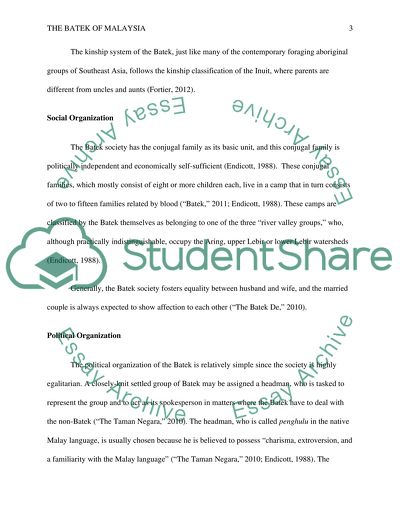Cite this document
(“The Batek of Malaysia Research Paper Example | Topics and Well Written Essays - 2000 words”, n.d.)
Retrieved from https://studentshare.org/people/1394786-the-batek-of-malaysia
Retrieved from https://studentshare.org/people/1394786-the-batek-of-malaysia
(The Batek of Malaysia Research Paper Example | Topics and Well Written Essays - 2000 Words)
https://studentshare.org/people/1394786-the-batek-of-malaysia.
https://studentshare.org/people/1394786-the-batek-of-malaysia.
“The Batek of Malaysia Research Paper Example | Topics and Well Written Essays - 2000 Words”, n.d. https://studentshare.org/people/1394786-the-batek-of-malaysia.


